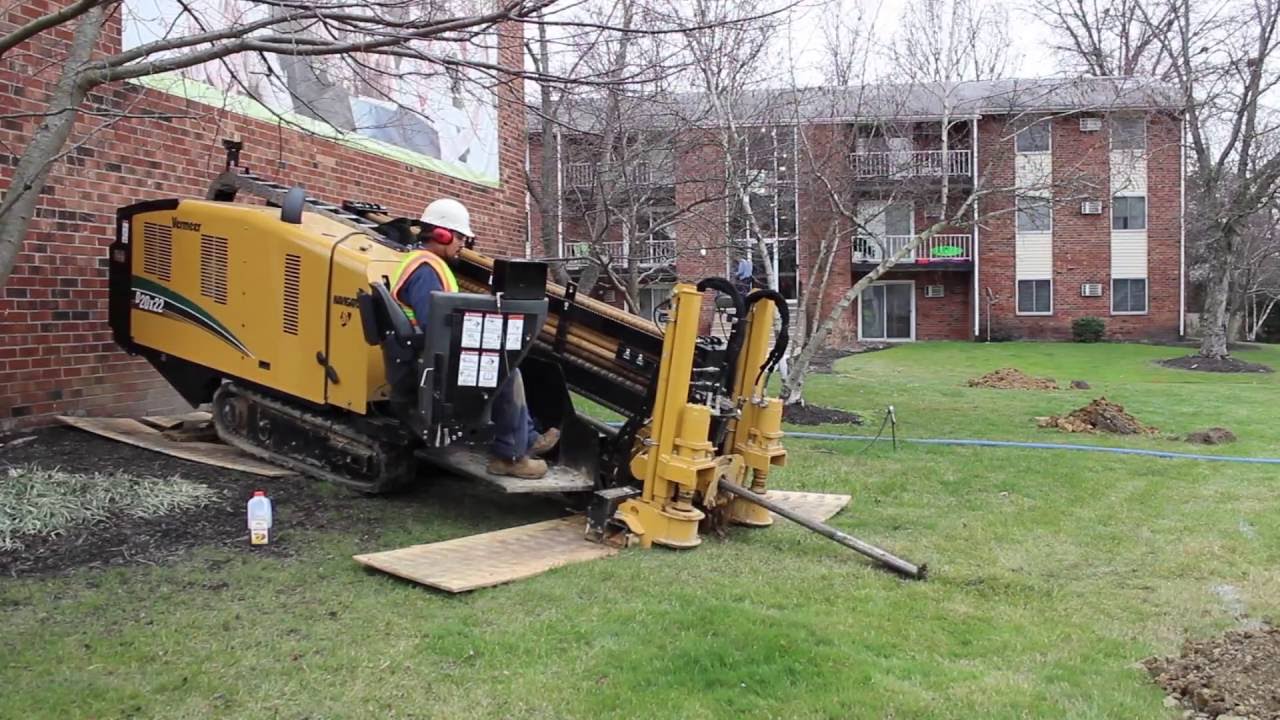Directional drilling is the term used to describe any drilling that doesn’t go straight down vertically.
In conventional oil and gas drilling, all the elements of the drill go down in a straight line. If a driller points in any other direction than 180-degrees down, it’s technically directional drilling. Nowadays, drilling paths often have many different path changes throughout the drilling process.
Since the early 1900s when directional drilling was first used, improvements in technology have meant paths are able to go in a more diverse range of angles and distances.
Many pieces of heavy machinery are used to drill this way, these include:
Directional drill bits: are specially designed to improve performance and reduce the risk of failure.
Mud Motors: get positioned close to the drill bit, which can have a bend in it. At the right depth the directional drill bit stops rotating, then a special fluid is pumped through this piece of equipment so that the directional drill bit starts to turn, which is due to the force of the liquid.
RSS (Rotary Steerable Systems): Directional drilling by using the mud motor means that often the drill pipe needs to be slid forward while the drill is motionless. A rotary steerable system can drill and steer at the same time. This means that previously inaccessible formations can be accessed.
Bottom Hole Assembly (BHA): configurations are often bent in shape so that they can take turns by using physical manipulations. The video further up the page clearly shows the bend in the drill pipe.
Multi-Shot cameras: are fitted inside the drillstring. They’re set to take regular pictures in a time-lapse setting. Then these images are sent to the surface control.
Custom whipstocks: that work with downhole motors doesn’t need removing in between drilling. These are a significant advance on the old fashioned ones previously mentioned. More time can be spent drilling, and less time removing the drill bit and conventional whipstock.
Networked or wired pipe: The Intelliserve system from National Oilwell Varco is a broadband networked drilling string system. It can transmit data from the sensors back to the surface.
